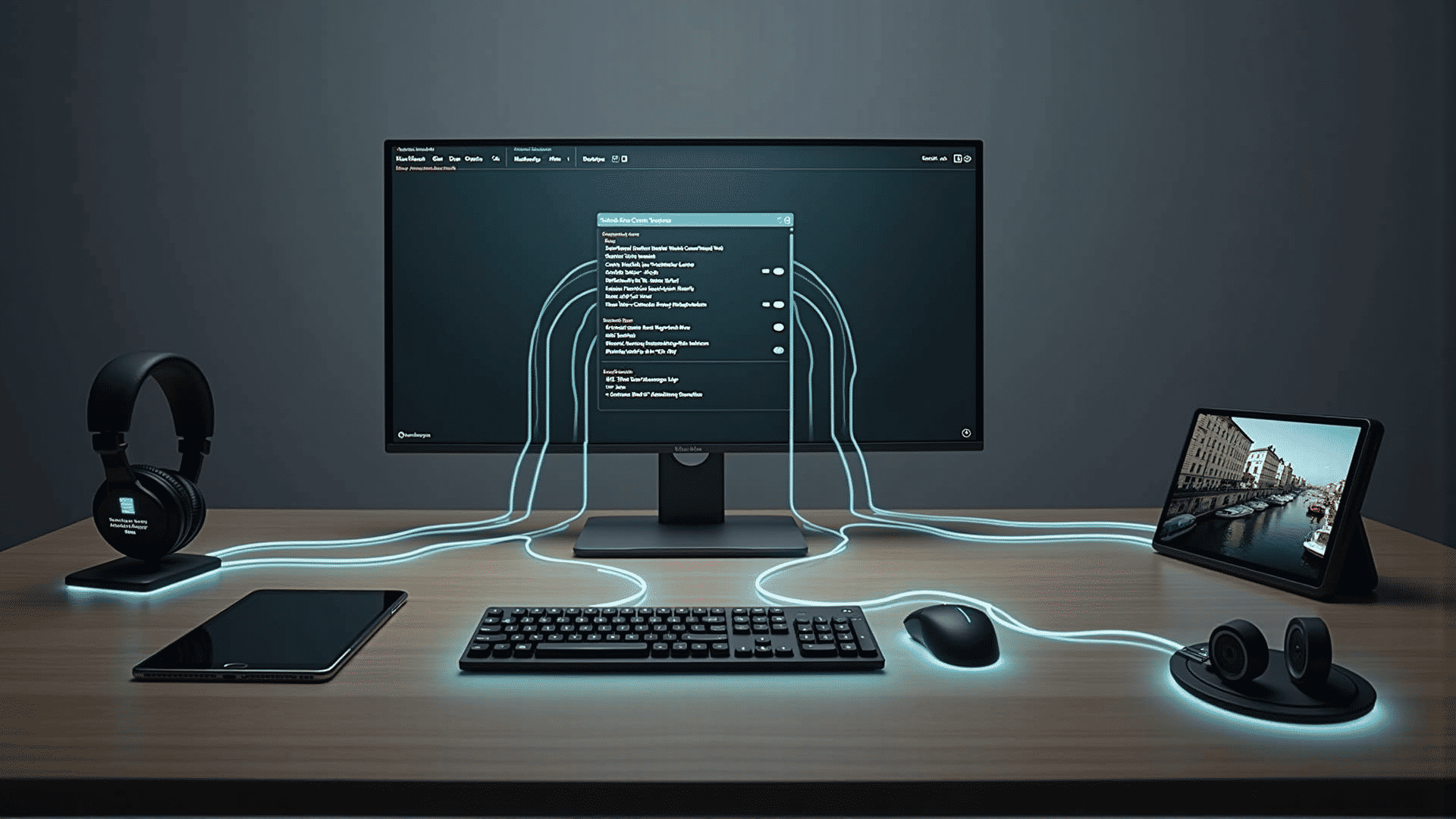In the modern era, where the digital landscape continues to expand and evolve, the integration of software with various devices emerges as a significant focal point for enhancement and innovation. This seamless integration is transforming the way individuals and organizations interact with technology, providing a streamlined experience and optimizing performance across multiple platforms.
One of the primary advantages of this harmonization is the enhanced user experience. By ensuring compatibility and fluid interaction between software and hardware, users can enjoy a cohesive journey regardless of the device they operate. Whether switching from a laptop to a smartphone or tablet, the continuity offered by integrated systems means that tasks are uninterrupted and intuitive.
Moreover, seamless integration boosts productivity. With devices and applications working in concert, individuals are able to complete tasks more rapidly and with greater accuracy. This synchronization reduces the need for repetitive manual data entry or device setup, allowing users to focus on more critical tasks. Automated updates and real-time syncing ensure that the most current data and functionalities are always at one's fingertips.
Security is another crucial aspect enhanced by this integration. With centralized controls and robust security protocols easily applied across all integrated devices and applications, users benefit from a consistent and heightened level of protection against potential cyber threats. This cohesive security framework helps in maintaining data integrity and safeguarding sensitive information across platforms.
Additionally, the interchangeability provided through integrated systems fosters innovation. Developers and organizations are encouraged to design cross-platform applications and tools that offer unique functionalities, leading to novel user experiences and capabilities. This interoperability is paving the way for the development of ecosystems that are not only cohesive but also highly adaptable to emerging technologies and market demands.
Lastly, this integration aligns with and enhances sustainable practices. By consolidating systems and reducing the redundancy of technology processes, there is a decrease in energy consumption and resource wastage. Integration strategies geared towards sustainability ensure that technology not only serves present needs but also conserves resources for future innovations.
As we progress further into an interconnected future, the importance of seamless integration between software and devices will only grow. This integration lays the foundation for resilient, adaptable, and efficient ecosystems, transforming how users interact with technology and ensuring optimal performance across all digital fronts.
